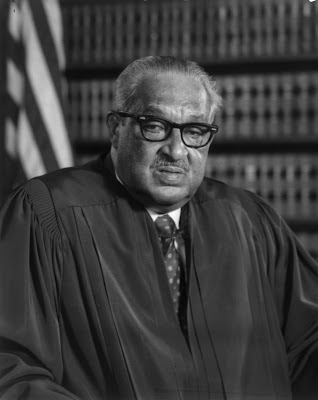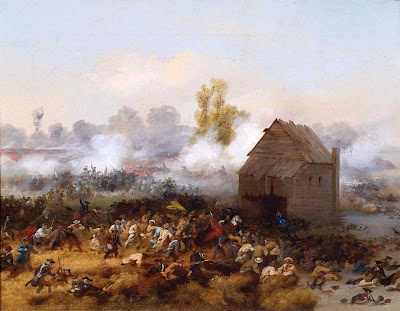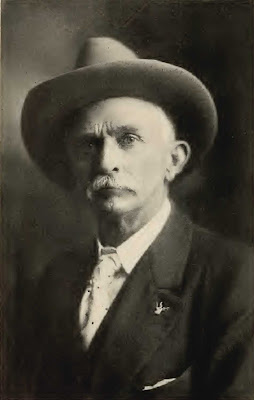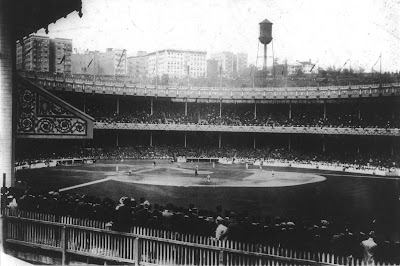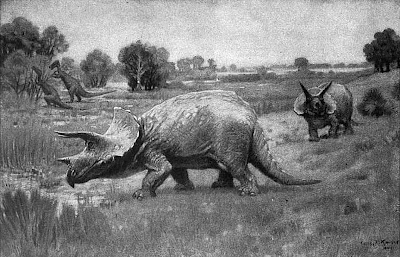
 | Monster Trucks in Times Square. Airmen, aircraft showcased in Times Square by Staff Sgt. Vanessa Young Defense Media Activity-San Antonio.
8/26/2010 - NEW YORK (AFNS) -- An F-16 Fighting Falcon and the Afterburner Monster Truck were two exhibits parked in the middle of Times Square here Aug. 26 as part of Air Force Week New York.
Various Air Force exhibits were spread over two blocks of Times Square to help educate citizens of New York about Airmen and the Air Force mission. Thousands of passersby visited the Thunderbird F-16 and Monster Truck display, listened to the sounds of the Air Force Band of Liberty's Afterburner, and took part in interactive Air Force displays. |
Many New York City Air Force recruiters were on hand for the event, including Staff Sgt. Bryan Rivera, a New York native who is working as a recruiter in the same office where he joined almost eight years ago.
"Air Force Week is creating awareness in different communities and different boroughs," he said. "People who've never had any knowledge about the Air Force are getting the opportunity to see what we are about and ask questions. This helps us get out the message about what the Air Force does for the country. It's definitely allowing us to get more and more people to come into the office and find out about how they can be a part of the world's greatest Air Force."
The Air Force exhibits surround the Times Square Armed Forces recruiting station, a small building with American flags in red, white and blue bulbs on each side.
"We are out here saying hello and spreading awareness about the Air Force," said Staff Sgt. Kathleen Pena, the Times Square Air Force recruiter. "It's a great thing. I'm in awe about the things I've seen. Who would've thought we'd have an F-16 in the middle of Times Square? It's amazing."
Passersby in Times Square also witnessed a group of Air Force recruits taking the oath of enlistment.
"There's a lot of support out here," said Rosa Cruz, a Bronx native and one of the Air Force recruits who will be heading to Basic Military Training in September. "There were lots of people standing by, watching and taking pictures. It's a good feeling."
Image License: I, (
sookietex) the creator of this work, hereby release it into the public domain. This applies worldwide. In case this is not legally possible, I grant any entity the right to use this work for any purpose, without any conditions, unless such conditions are required by law.
If This image is subject to copyright in your jurisdiction, i (
sookietex) the copyright holder have irrevocably released all rights to it, allowing it to be freely reproduced, distributed, transmitted, used, modified, built upon, or otherwise exploited in any way by anyone for any purpose, commercial or non-commercial, with or without attribution of the author, as if in the public domain.
TEXT CREDIT:
AF.mil - News AF.mil is provided as a public service by the Office of the Secretary of Air Force (Public Affairs).
Information presented on AF.mil is considered public information and may be distributed or copied. Use of appropriate byline/photo/image credits is requested.











